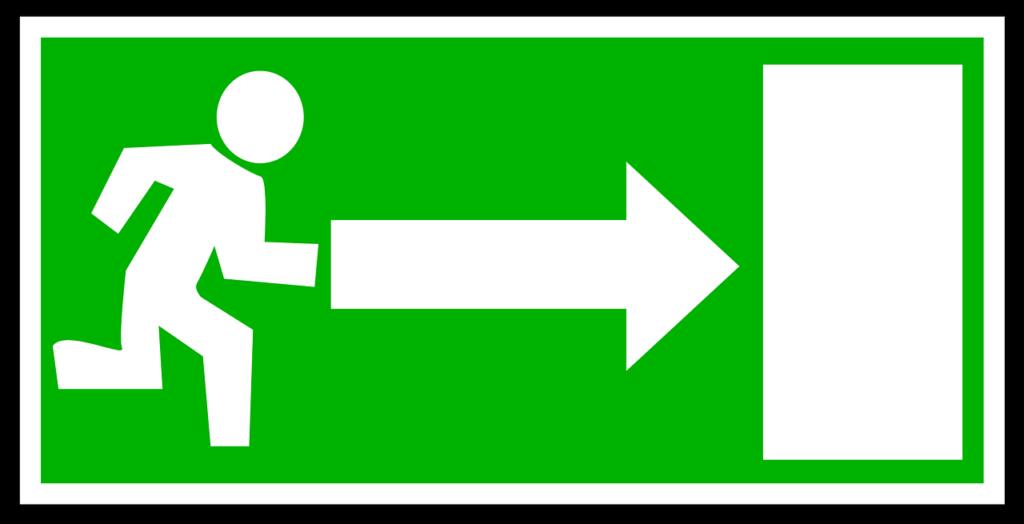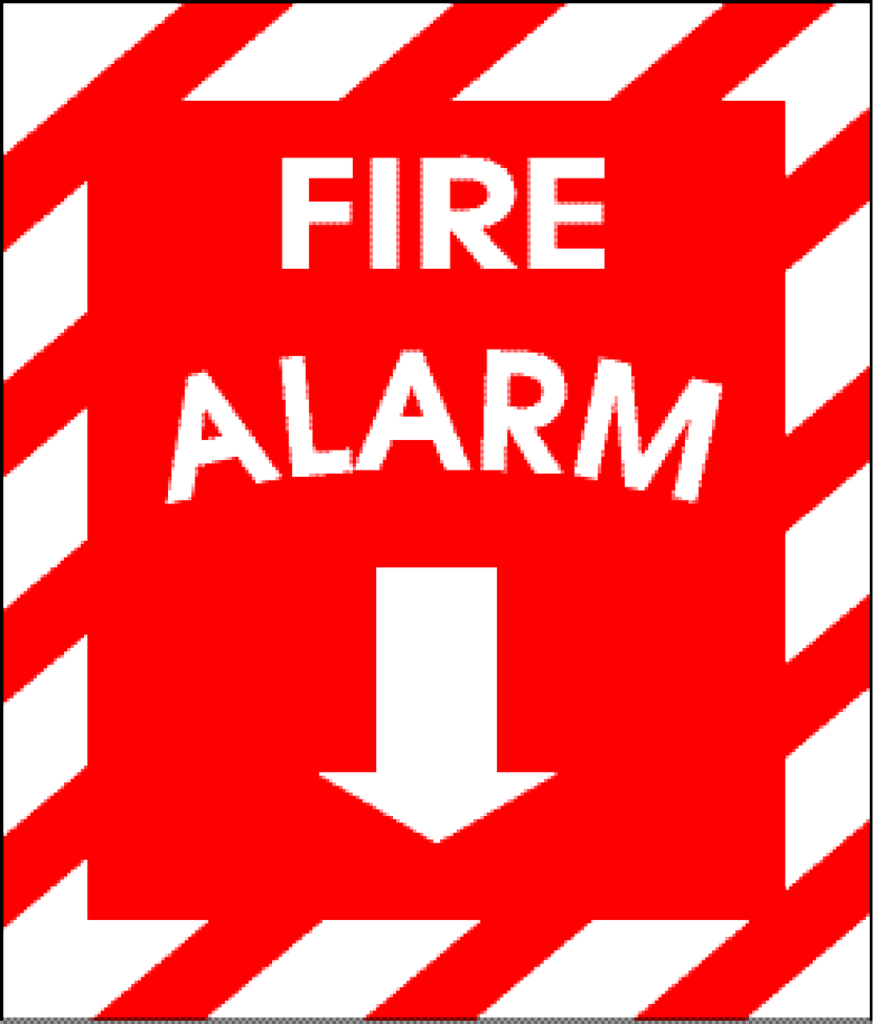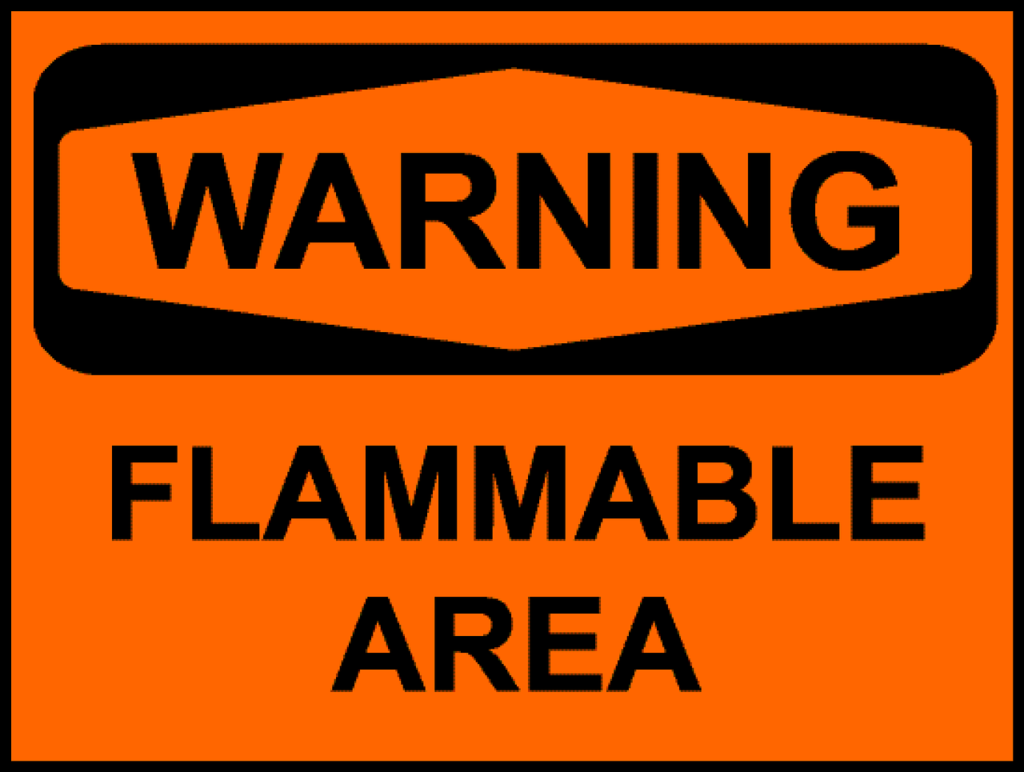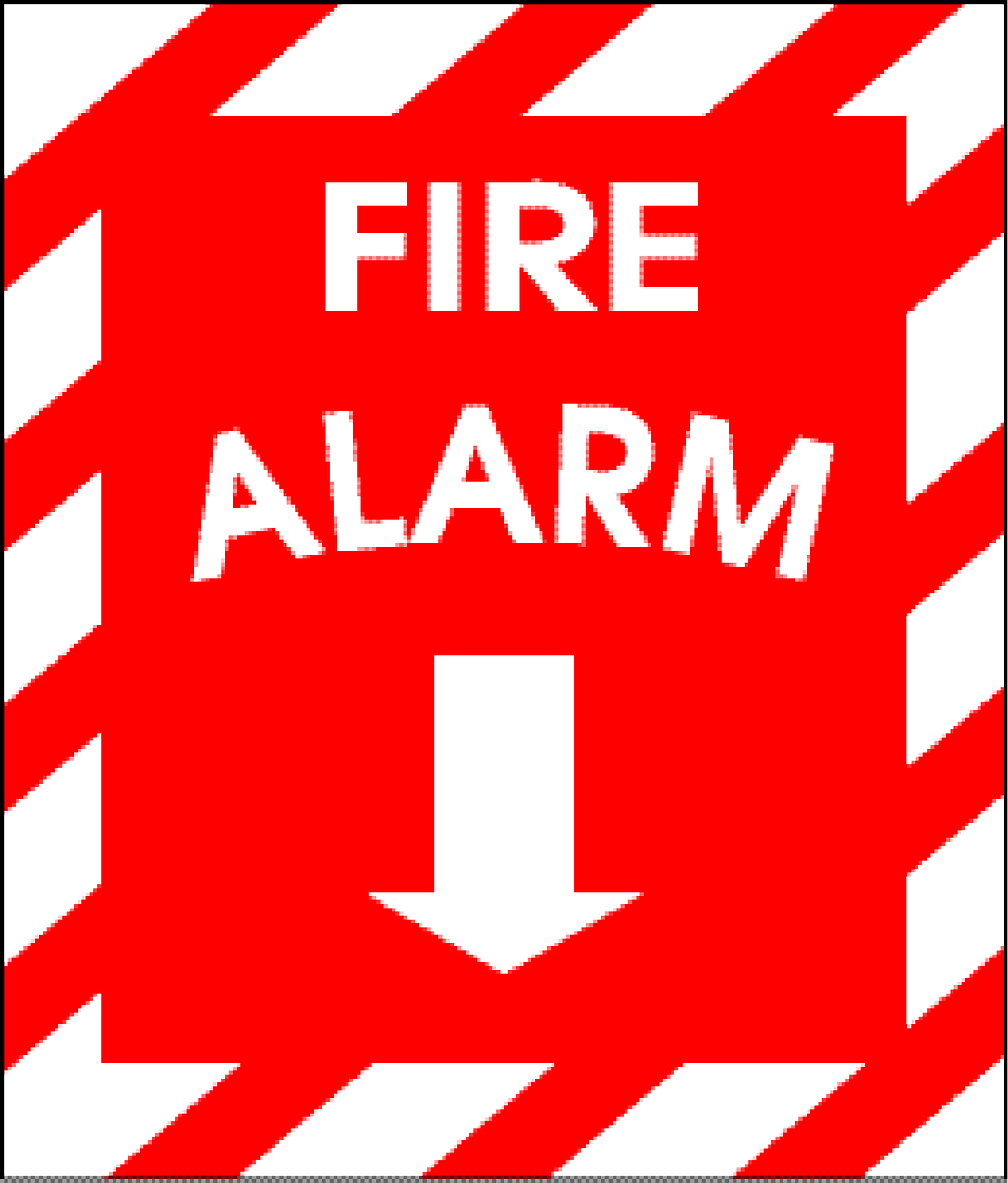Imagine cozy winter evenings spent curled up by a crackling fireplace, sipping hot cocoa and enjoying the warmth it brings. While fireplaces create a welcoming atmosphere, it’s crucial to prioritize safety when using them. In this article, you’ll discover 10 essential fireplace safety tips that will help you ensure the safety of your home and loved ones. By following these proactive measures, you can relax and fully embrace the joy of winter fires, knowing that you have taken every precaution to keep your home a happy and safe place.
Keep flammable objects away
Furniture
When it comes to fireplace safety, it’s important to keep flammable objects away. One of the first things to consider is the distance between your furniture and the fireplace. Make sure that there is a safe distance between your couches, chairs, or any other furniture and the area surrounding the fireplace. By keeping flammable objects like furniture away from the open flames, you significantly reduce the risk of accidental fires.
Curtains
Another important consideration is the positioning of curtains in relation to your fireplace. It’s crucial to ensure that your curtains are a safe distance away from the flames. Avoid having long, flowing curtains that could easily come into contact with sparks or embers from the fire. Opt for shorter curtains or consider installing blinds instead. Keeping curtains away from the fireplace not only prevents potential fire hazards but also helps maintain good airflow around the fire, allowing it to burn more efficiently.
Paper
It’s common to have newspapers, magazines, or other paper objects near the fireplace, especially if you enjoy reading by the fire. However, it’s essential to keep in mind that paper is highly flammable. Accidental sparks or even the intense heat emitted by the flames can quickly ignite paper and create a dangerous situation. Therefore, it’s best to keep paper materials far away from the fireplace and ensure that you have a designated area for reading materials that is a safe distance from the open flames.
Clothing
While it may be tempting to hang your damp clothes near the fire to help them dry faster, this can be extremely hazardous. Clothing, especially if it’s made of synthetic materials, is highly flammable. Even a small ember or spark can ignite clothing and cause a devastating fire. Therefore, it’s crucial to keep your clothing at a safe distance from the fireplace and never use it as a makeshift drying rack. Opt for dedicated drying areas or heated drying racks that are designed for safe clothes drying.
Install and maintain smoke detectors
Placement
Smoke detectors are crucial in any home, but they become even more vital when you have a fireplace. It’s essential to have smoke detectors installed on every level of your home, including outside each bedroom or sleeping area. Pay special attention to the placement of smoke detectors near the fireplace. Consider placing one directly in the room with the fireplace and another in the hallway leading to the bedrooms. These strategic placements ensure that you’ll be alerted promptly if there is any smoke or fire risk stemming from the fireplace.
Maintenance
Installing smoke detectors is just the first step – regular maintenance is equally important. Make it a habit to clean your smoke detectors and dust them regularly to ensure optimal performance. Additionally, test the detectors often to confirm that they are functioning correctly. Most smoke detectors have a test button that you can press to check if the alarm goes off. If you find any issues with your smoke detectors, such as expired batteries or faulty wiring, address them immediately to maintain the highest level of safety in your home.
Battery testing
To ensure that your smoke detectors are always ready to alert you in case of a fire, it’s essential to test the batteries frequently. It’s recommended to test the batteries in your smoke detectors at least once a month. This quick and straightforward task can potentially save lives by ensuring that the smoke detectors are working correctly. If you hear a low battery chirp or if the batteries are running low, replace them immediately. Remember, a properly functioning smoke detector can provide early warning of a fire, giving you and your loved ones valuable time to escape to safety.

This image is property of pixabay.com.
Use a fireplace screen or glass door
Preventing sparks
A fireplace screen or glass door is a valuable tool for preventing sparks from spreading beyond the fireplace. When you have an open fire, sparks and embers can sometimes leap out of the fireplace and onto surrounding surfaces, potentially causing a fire. By using a fireplace screen or glass door, you create a barrier that prevents sparks from flying out and causing damage. Remember to choose a screen or door that is both functional and aesthetically pleasing, as these safety measures can also enhance the overall look of your fireplace.
Protecting children and pets
In addition to preventing sparks, a fireplace screen or glass door plays a crucial role in protecting children and pets. Kids and pets are naturally curious, and a cozy, crackling fire can be very enticing. To avoid any accidents or injuries, it’s essential to have a barrier in place. A sturdy fireplace screen or a secure glass door creates a physical barrier that prevents children from getting too close to the fire. It also serves as a deterrent for pets and ensures that they stay at a safe distance, reducing the risk of burns or other mishaps.
Regular chimney inspections and cleaning
Hiring professionals
To maintain a safe and efficient fireplace, regular chimney inspections and cleaning are essential. It’s recommended to hire a professional chimney sweep to thoroughly inspect and clean your chimney at least once a year. These trained experts have the necessary knowledge and tools to identify any issues or potential hazards that may exist within your chimney. By entrusting this task to professionals, you can have peace of mind knowing that your chimney is free from debris, blockages, or any other problems that could compromise the safety of your home.
Clearing debris
Over time, debris such as twigs, leaves, and even animal nests can accumulate inside your chimney, posing a fire hazard. Regular chimney inspections and cleaning help ensure that these debris are safely removed. The presence of debris in the chimney can obstruct proper airflow and make it difficult for smoke and gases to exit your home. By clearing out these obstructions, you not only reduce the risk of fires but also help your fireplace operate more efficiently.
Removing creosote
One of the primary concerns associated with chimneys is the buildup of creosote. Creosote is a highly flammable substance that forms as a byproduct of burning wood. Over time, it can accumulate on the interior walls of your chimney and create a significant fire hazard. A professional chimney sweep will be able to identify the extent of creosote buildup and effectively remove it. Regular removal of creosote is essential to prevent chimney fires, as creosote can ignite and lead to a dangerous and destructive blaze.

This image is property of pixabay.com.
Proper ash disposal
Using metal containers
Proper disposal of fireplace ash is a critical aspect of maintaining fireplace safety. It’s important to use a metal container specifically designated for ash disposal. Metal containers are ideal because they are non-flammable and can withstand the high temperatures of hot ash. Avoid using plastic, cardboard, or other flammable materials as containers for ash, as they could potentially melt or catch fire. Always ensure that the container is tightly sealed and stored away from combustible materials until it can be safely disposed of.
Allowing complete cooling
Before disposing of fireplace ashes, it’s crucial to allow them to cool completely. Even though the flames may be extinguished, hot ashes can remain a fire risk for quite some time. To ensure that the ashes are cool, let them sit undisturbed for at least 24 hours. Avoid the temptation to dispose of ash immediately after extinguishing the fire, as it may still contain smoldering embers that can reignite. Allowing the ashes to cool completely before disposal significantly reduces the risk of accidental fires.
Safe disposal methods
Once the ashes have cooled for at least 24 hours, you can safely dispose of them. A recommended method is to transfer the ashes into a metal container with a tight-fitting lid and take them outdoors to an appropriate disposal area. Choose a location away from any structures or flammable materials, ensuring that there is no risk of the wind blowing the ashes back towards your home. Alternatively, you can also choose to recycle your ashes by using them as a nutrient-rich addition to your compost pile or for gardening purposes, as long as they are free from any potentially harmful substances.
Safe firewood usage
Dried hardwood
Using the right type of firewood is crucial for both the safety and efficiency of your fireplace. Dried hardwood is the best choice, as it burns cleaner and produces less creosote than softer woods. Hardwoods such as oak, maple, or birch are dense and have a lower moisture content, allowing them to burn more slowly and evenly. Dry firewood not only produces less smoke and pollution but also reduces the risk of creosote buildup in your chimney. Always remember to properly store your firewood in a dry, well-ventilated area to maintain its quality.
Avoiding treated wood
It’s essential to avoid using treated wood in your fireplace. Treated wood, often used in construction or for outdoor projects, is treated with chemicals to enhance its durability and resistance to decay. When burned, treated wood releases toxic chemicals into the air, which can be harmful to your health. Additionally, the chemicals used to treat the wood can create a build-up of harmful residues in your chimney that can lead to corrosion or fires. To ensure the safety of your home and the well-being of your family, stick to using untreated, natural firewood.
Stacking and storage
Properly stacking and storing firewood is not only essential for maintaining the aesthetics of your home but also for safety reasons. It’s crucial to stack your firewood away from the house and at a safe distance from any structures or flammable materials. Ideally, store your firewood at least 30 feet away from your home to minimize the risk of accidental fires. When stacking the wood, create a stable and organized pile, ensuring that it is not leaning against or touching anything that could ignite easily. By storing your firewood correctly, you reduce the risk of fire hazards and create a secure area for your wood supply.

This image is property of pixabay.com.
Maintain a safe distance
Keep furniture and people away
Maintaining a safe distance from the fireplace is vital for the safety of your household members and the prevention of accidental fires. Keep furniture, particularly upholstered pieces, a safe distance away from the fireplace. Ensure that there are no objects, like coffee tables or shelving units, positioned too close to the fire. Additionally, it is important to establish clear guidelines with your family and guests about maintaining a safe distance from the fireplace. By creating awareness and understanding, you can minimize the risk of accidental contact with the open flames and reduce the potential for injuries or fires.
Flammable materials distance
Aside from furniture, it’s important to keep all flammable materials at a safe distance from the fireplace. Flammable materials can include rugs, blankets, pillows, or even decorations like dried flowers or paper artwork. Avoid placing these items near the fireplace, as they can easily catch fire from sparks or embers. It’s crucial to create a safe zone around the fireplace, free from any flammable materials. By maintaining this distance, you significantly reduce the risk of accidental fires and ensure the well-being of your home and loved ones.
Supervise children and pets
Preventing accidents
When it comes to fireplace safety, close supervision of children and pets is essential. Both children and pets are naturally curious, and the open flames of a fireplace can be irresistibly captivating to them. To avoid accidents and injuries, it’s important to establish clear guidelines and boundaries. Always supervise young children closely when they are in the same area as the fireplace, ensuring that they do not get too close or attempt to touch the fire or any hot surfaces. Similarly, keep pets away from the fireplace and teach them not to get too close. Your vigilance and guidance play a crucial role in preventing accidents and ensuring the safety of your little ones.
Educating about fire safety
In addition to supervision, educating your children and pets about fire safety is a proactive approach to fireplace safety. Teach your children about the dangers of open flames and the potential risks associated with the fireplace. Explain that the fireplace is not a place to play and that they should always keep a safe distance. Similarly, train your pets to associate the fireplace with an off-limits area. By providing age-appropriate fire safety education and consistently reinforcing the rules, you empower your children and pets to make safe choices and avoid potentially harmful situations.
Extinguish fires properly
Water and sand usage
Extinguishing the fire in your fireplace properly is crucial for ensuring the safety of your home. The preferred method for extinguishing a fire is to use water or sand. Using a bucket of water or a fire extinguisher specifically designed for fires can effectively put out the flames. Gently pour the water or sand over the fire, making sure to aim for the base of the flames. Avoid using excessive force, as this can scatter embers and sparks. By following the proper extinguishing techniques, you ensure that there are no hidden embers or smoldering material that could reignite and potentially cause a fire.
Avoiding smothering with flammable materials
While using water or sand is generally effective for extinguishing a fire, it’s important to avoid smothering the flames with flammable materials. Attempting to suffocate the fire by throwing blankets, pillows, or clothing on top can be extremely dangerous. These materials can catch fire and can quickly escalate the situation, causing the fire to spread. Always stick to using water or sand and remember to keep a safe distance from the fire while extinguishing it. It’s also important to note that attempting to extinguish larger fires or fires that are out of control should be left to the professionals. In such situations, prioritize your safety and evacuate the area immediately while contacting the appropriate emergency services.
Educate household members
Fire safety training
Educating all household members about fire safety is instrumental in preventing and responding to potential fires effectively. Conduct regular fire safety training sessions with your family, ensuring that everyone understands the importance of fireplace safety and general fire safety practices. Teach them how to use fire extinguishers and reinforce proper fire safety protocols. Be sure to go over the escape routes and emergency exits, making sure that everyone knows how to navigate out of the house in case of a fire. By equipping your household members with the necessary knowledge and skills, you foster a culture of proactive fireplace safety that can save lives.
Emergency escape plan
Creating an emergency escape plan is a vital component of fireplace safety. Sit down with your family and create a plan that outlines the designated escape routes and meeting points in case of a fire. Ensure that everyone knows how to evacuate the house safely and where to gather outside to account for everyone. Regularly practice your emergency escape plan, conducting mock drills and timed exercises to ensure that everyone is familiar with the procedures. By having a well-prepared escape plan, you minimize panic and confusion during an emergency, allowing everyone to evacuate quickly and safely.
In conclusion, it’s crucial to prioritize fireplace safety in your home to prevent accidents and protect your loved ones. By keeping flammable objects away, installing and maintaining smoke detectors, using a fireplace screen or glass door, regular chimney inspections and cleaning, proper ash disposal, safe firewood usage, maintaining a safe distance, supervising children and pets, extinguishing fires properly, and educating all household members, you can create a safe and secure environment while enjoying the warmth and beauty of a fireplace. Implementing these proactive measures not only reduces the risk of fires but also brings peace of mind, ensuring that you can enjoy safe flames and happy homes.




